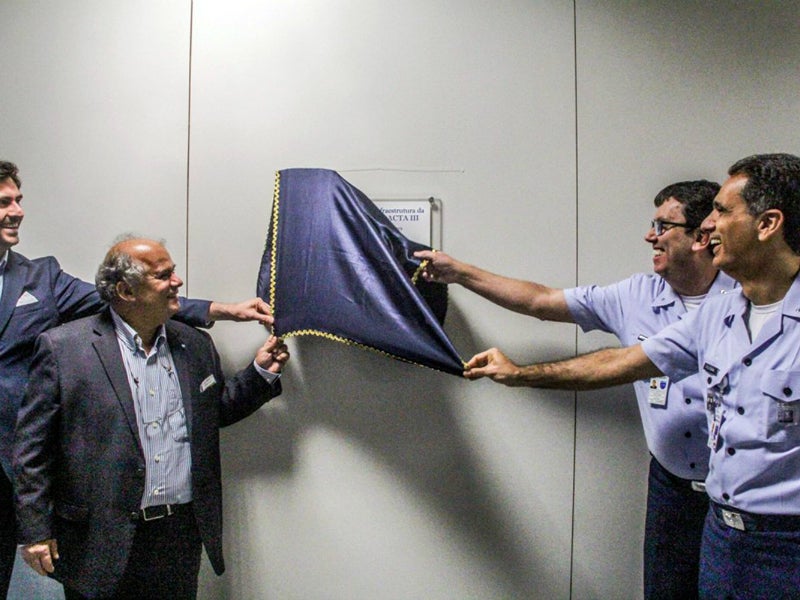
Frequentis world’s first software-defined networking (SDN) technology for air traffic management (ATM) improves Brazil’s network capability, reliability and efficiency.
The Brazilian air navigation service provider (ANSP), DECEA has been successfully operating the first of four planned integrated network centres, CINDACTA III, for five months.
CINDACTA III underwent a lengthy test period and the Commission for Implementation of the Brazilian Air Space Control System (CISCEA) and received positive feedback from the operational experience.
Frequentis designed the hybrid Brazilian ATM-grade network solution to fill the gap between conventional networks and the specific requirement for ATM in terms of resilience, reliability, safety and quality.
The design and transition activities for the modernisation programme began in 2014 and the teams from both Frequentis and DECEA have worked continuously to achieve
the expected positive results.
By successfully leading CINDACTA III into live operation, CISCEA has taken the ATN-Brazil project to the next level.
At the unveiling ceremony for the first site CISCEA president Major-Brigadier Fernando president praised the proactivity of the CINDACTA III project from start to finish.
He said: “We could not have chosen a better place to start this ATN-Brazil project. We thank the current and former teams, especially the technical division that worked towards this implementation, as well as the operators and companies, Frequentis in particular, and all those directly involved in the planning. We are very proud to be part of this project.”
DECEA is responsible for 22 million square kilometres of airspace, about twice the size of Europe, which is split between multiple network providers.
One of the telecoms infrastructure challenges to overcome was unstable Quality of Service (QoS) and degradation detection in network performance, known as ‘brownouts’, to allow detection before failure.
Frequentis Chairman of the Air Traffic Management Executive Team Hannu Juurakko said: “Most conventional networks only react to total link loss, known as black-outs. However, the Frequentis vitalsphere NetBroker ensures the business continuity and performance required of an ATM-grade network through brown-out detection, flow-based routing and bandwidth optimisation. We are extremely pleased to have created this hybrid network to support the needs of DECEA, and with it, create the world’s first SDN for ATM.”
ATM-specific virtual network functions (VNFs) enable high-quality communication in the network that features both terrestrial and VSAT links. A tailored nationwide management system (NMS) allows central monitoring, simulation and configuration of the network and helps reduce downtime and increase situational awareness.
Frequentis Program Manager and Director ATM networks Gonzalo Moreno-Muñoz said: “Brazil can be proud of its innovation power with the deployment of a world-class ATM Network. This infrastructure addresses the future needs of the Brazilian Airspace in terms of capacity, safety and efficiency. With an excellent partnership between CISCEA and Frequentis, we have overcome the challenges and complexities of a programme with a wide range of technologies and stakeholders.”

